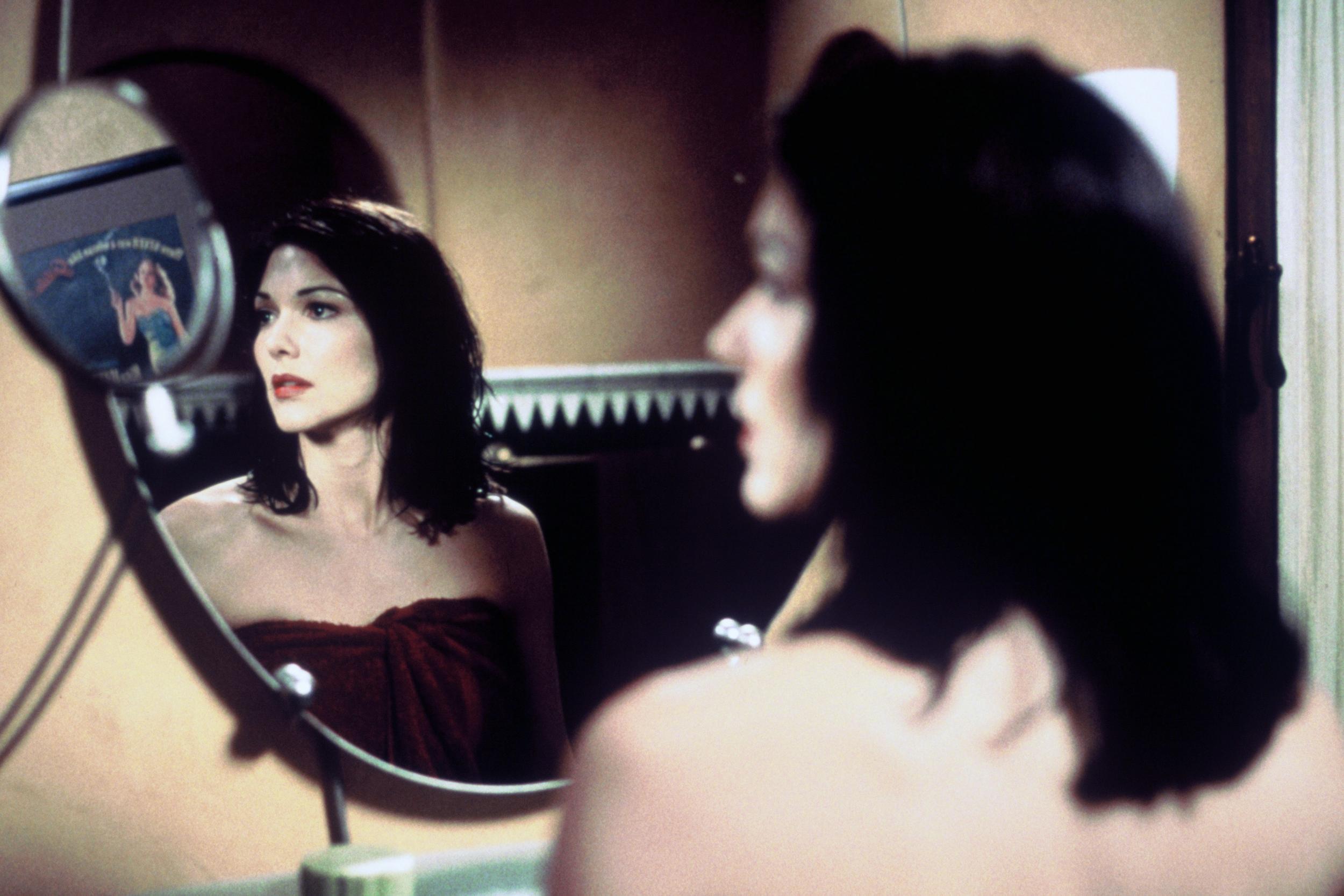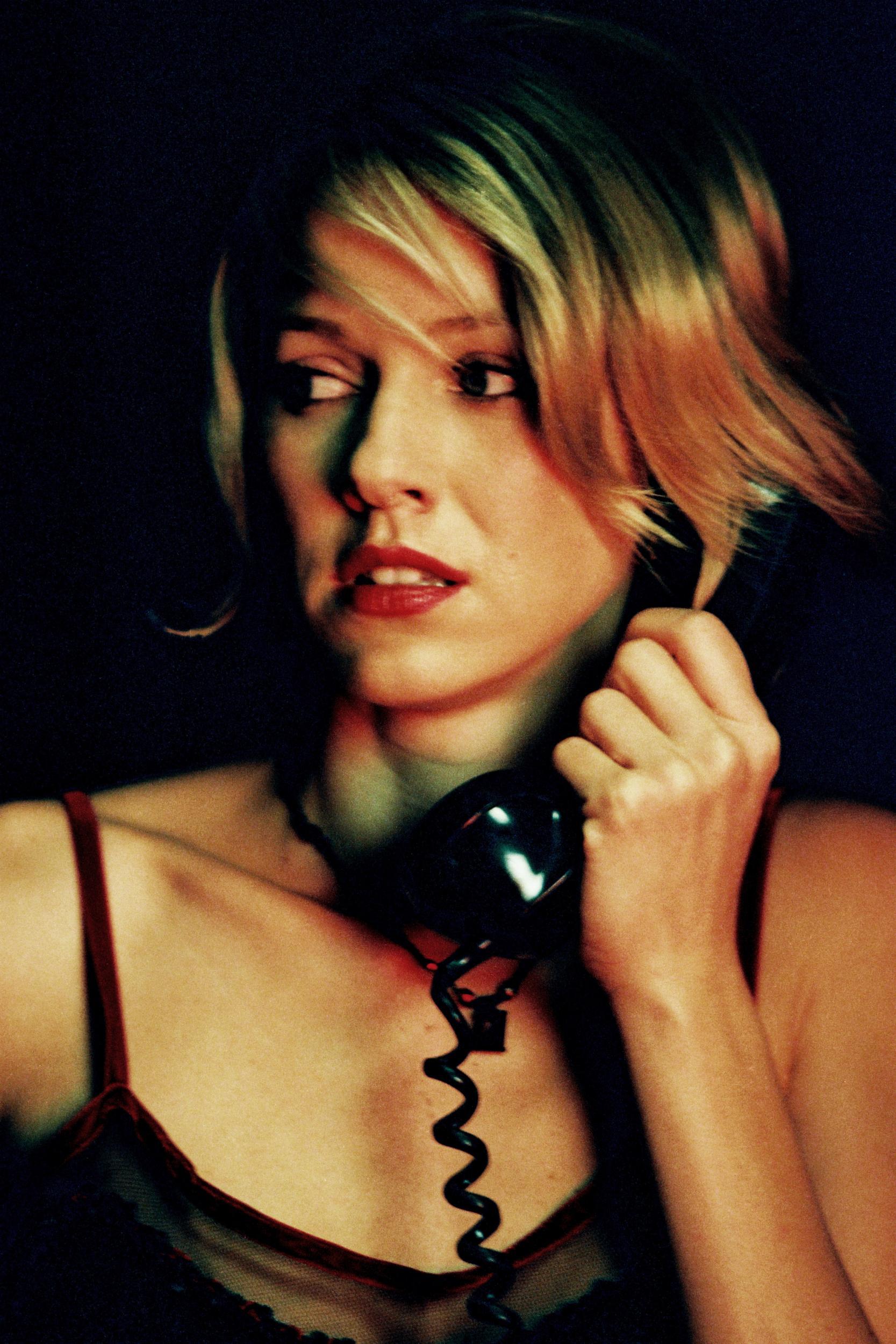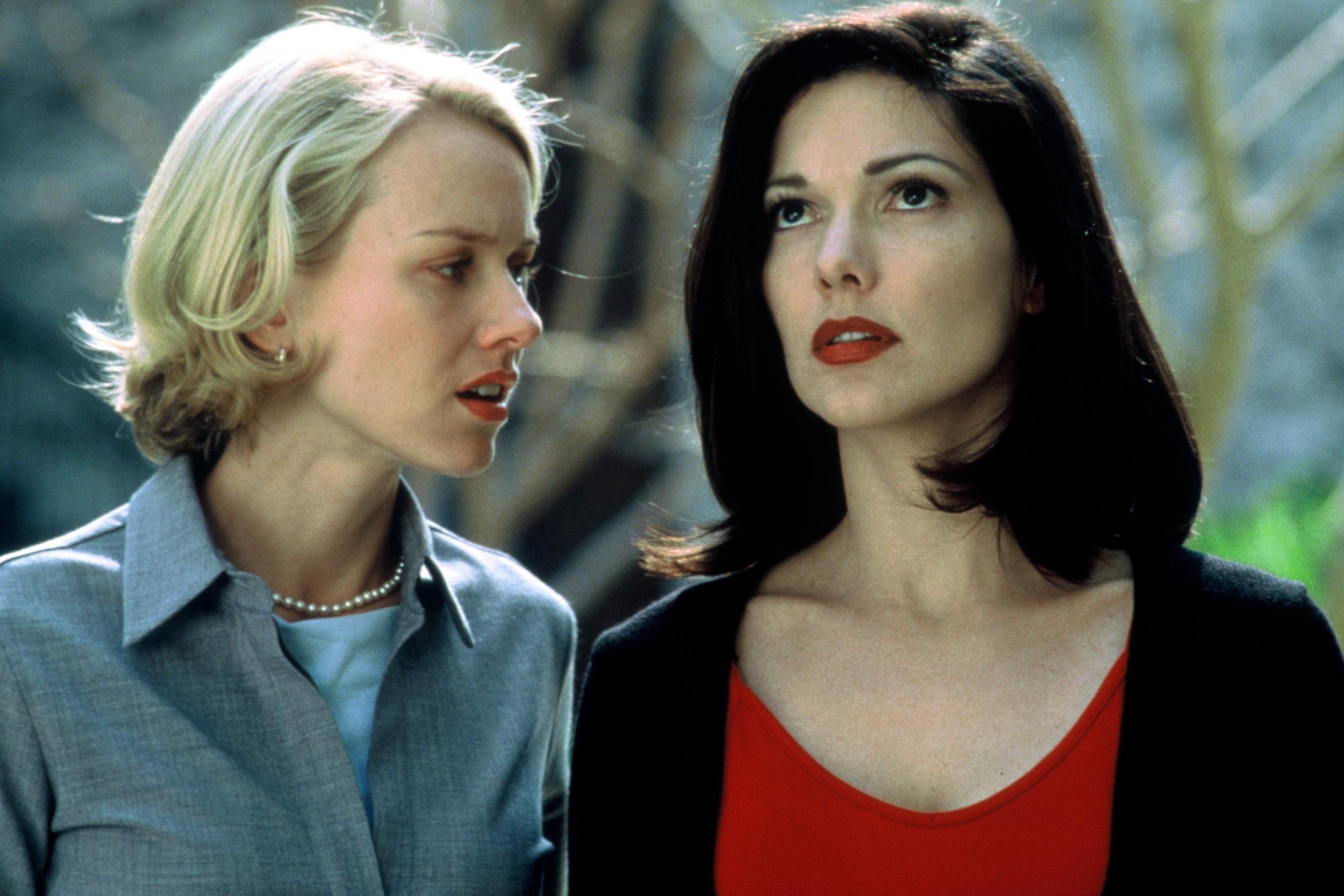Why Mulholland Drive is the greatest horror film of the 21st century
David Lynch’s modern classic returns to cinemas on 14 April thanks to a new restoration, before heading to DVD and Blu-ray in May

Mulholland Drive is rarely called a horror film.
And, yet, it quite arguably stands as the greatest horror film of the 21st century. As is the will of David Lynch’s reality-warping masterpiece of 2001, a film that brazenly defies all that we’ve come to expect of the horror genre, while delving so deeply into the terrors of everyday consciousness that to enter its realm is to indulge in a personal nightmare.
Jitterbugging couples shouldn’t spark such discomfort, for one. In an opening scene that’s unnerving in its first breath, they dance in kaleidoscopic patterns, fading in and out of each other’s bodies. It’s innocuous but threatening, like being woken up every morning by someone pinning you down and screaming the hits of Carly Rae Jepsen into your ear.
This is Lynch’s game, taking the homely and making it sinister, and one that’s been well exercised from Blue Velvet to Twin Peaks. Horror in its broadest form tends to dig deep into humanity’s greatest insecurities: sex, motherhood, death itself. It exploits them and creates monsters out of their unconquerable nature. But Lynch can often feel different in his conjuration of fear, presenting instead the idea that existence in itself is all the nightmare we really need.
Mulholland Drive, then, feels like the apex to that thesis, thanks to its third act reveal that what we’ve clung to as the reality presented by the film’s narrative has in fact been nothing but the fevered imaginings of Diane (Naomi Watts). We fall out of the glimmering, hopeful world of Betty (also Watts)’s quest to aid the mysterious Rita (Laura Harring) uncover her identity, and straight into Diane’s embittered existence – even here, we feel decentred.
Diane then hallucinates that the object of her affection is stood right in front of her, in the middle of her grimy apartment. This woman, Camilla (also Harring), seems to have been the source of Diane’s delusions. But what can we even trust here, in this so-called new reality? Were the pair ever really lovers? Did Diane arrange her murder? Can we ensure the truth of what even here seem like such overtly Hollywood-esque events?
And yet, the real fear of Mulholland Drive comes from the way Lynch so skilfully plays with the idea that one of the greatest everyday terrors is that of expectation. A fear so constant that it starts to matter little whether the dreaded ‘if’ ever actually comes to pass, since the thought of it in itself can be paralysing enough.
Expectation has always been central to the mechanics of horror, and Lynch certainly indulges in a few of its techniques, for example, in the way a handheld camera tracks a character as they twist and turn down various hallways, in the knowledge an unexpected discovery is mere seconds away.
However, traditional horror tends to play its true cards in the reveal, while Lynch is far more interested in the terror that precedes it. By taking the emphasis away from the satisfying release of a jump scare, we’re left with a tension that never really dissipates – and we’re far more uncomfortable because of it. The hallways casually reveal a naked, vulnerable woman in the shower, though we can’t help but still feel a sinister presence afoot.

It’s a game most effectively played in a scene, which appears largely out of context, in which a man (Patrick Fischler) sits in a diner and recounts a recurring nightmare. The camera sits intently on his face, wide-eyed with terror, as if he’s a camper telling a ghost story around the fire.

Watch Apple TV+ free for 7 day
New subscribers only. £9.99/mo. after free trial. Plan auto-renews until cancelled.
ADVERTISEMENT. If you sign up to this service we will earn commission. This revenue helps to fund journalism across The Independent.

Watch Apple TV+ free for 7 day
New subscribers only. £9.99/mo. after free trial. Plan auto-renews until cancelled.
ADVERTISEMENT. If you sign up to this service we will earn commission. This revenue helps to fund journalism across The Independent.
The nightmare involves the knowledge of a figure, waiting around the corner of the very diner he’s sat in. He’s utterly convinced his nightmare is, in fact, a reality and has come to the diner to see for himself. Yet, really, it matters little whether the creature is eventually there or not; in this moment, the fear this man experiences is equal either way.
The creature itself, when finally revealed, is far less nightmarish than what we’ve conjured in our minds, but, by this point, it’s too late. Too late, also, for the man in question, who is overwhelmed by the sight and faints.
The film’s famous Club Silencio sequence may be dressed up in all the usual Lynchian surrealism – the red-curtained club, the sequined singer – but it’s also a scene that finds its delight in toying with expectations.
We’re puppets that react with shock on the simple pull of a string; so entranced are we in the close-ups of Betty’s emotion-ridded face as she watches the proceedings on stage, the eerie play of an unseen band, that the revelation the music is a mere recording automatically elicits surprise. Our expectations have been explicitly established and then subverted.

The car crash that opens the film – which sees Rita clamber out of the wreckage, concussed, and wander into the wilds of Mulholland Drive – plays out on these same ideas, too. Lynch cuts wildly between Rita’s limo and the two cars racing in her direction, packed with drunken teens on a midnight drag race. The roar of the cars grows louder. Lynch cuts between the cars with even greater fury. By the time the inevitable happens, it feels as if the crash has already played out in our minds three times over.
Mulholland Drive isn’t a film that elicits the usual yelps of fear, or faces hiding behind popcorn. To some, that will always negate its status as a great horror film, but what happens here is far more sinister: it leaves a shadow in the back of your mind that refuses to dissipate even long after the final reel. And isn’t the terror you can’t shake the greatest of them all?
Mullholland Drive returns to cinemas 14 April, with a new digital restoration of a 4K transfer, before a new release on DVD and Blu-ray in May.
Join our commenting forum
Join thought-provoking conversations, follow other Independent readers and see their replies
Comments
Bookmark popover
Removed from bookmarks